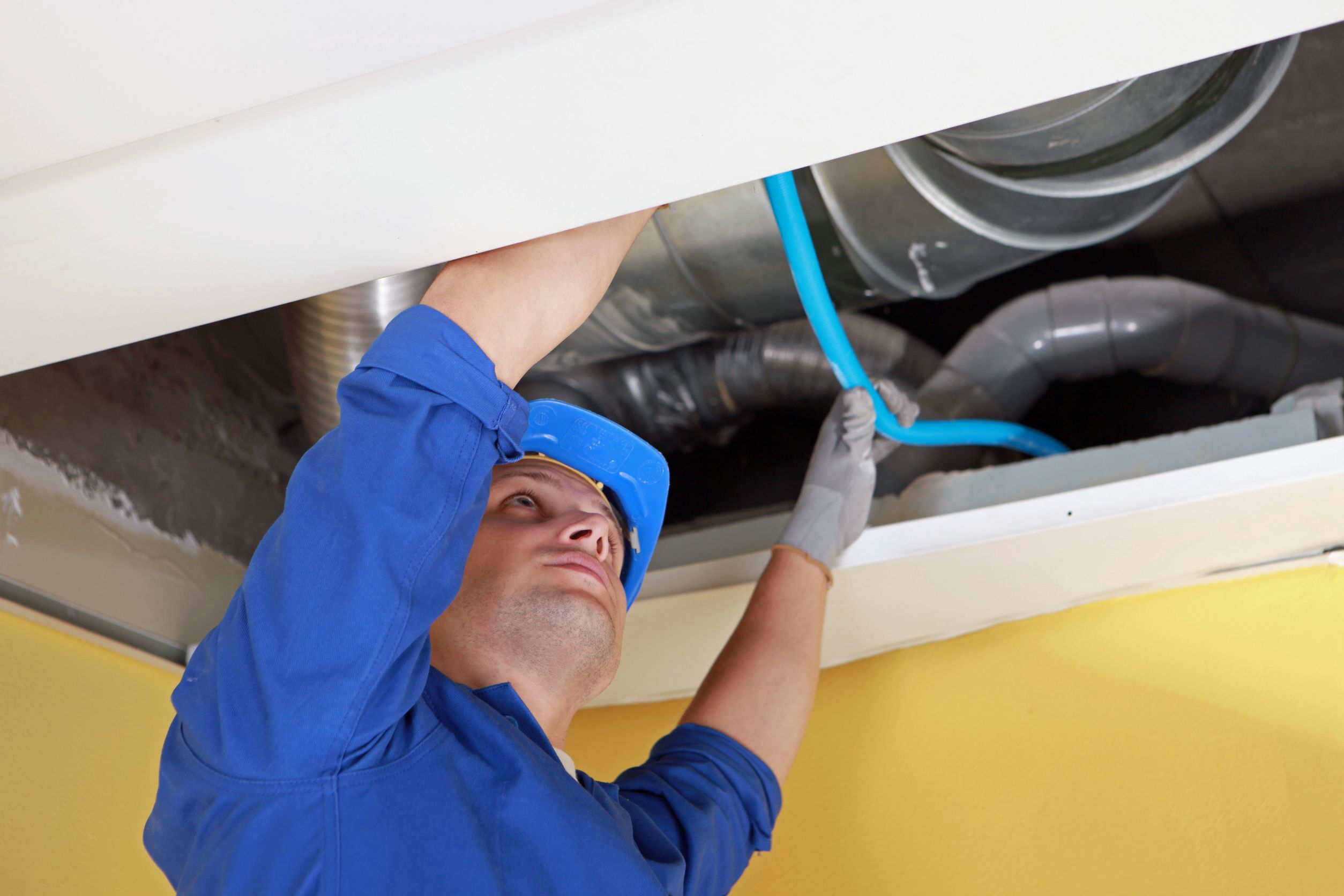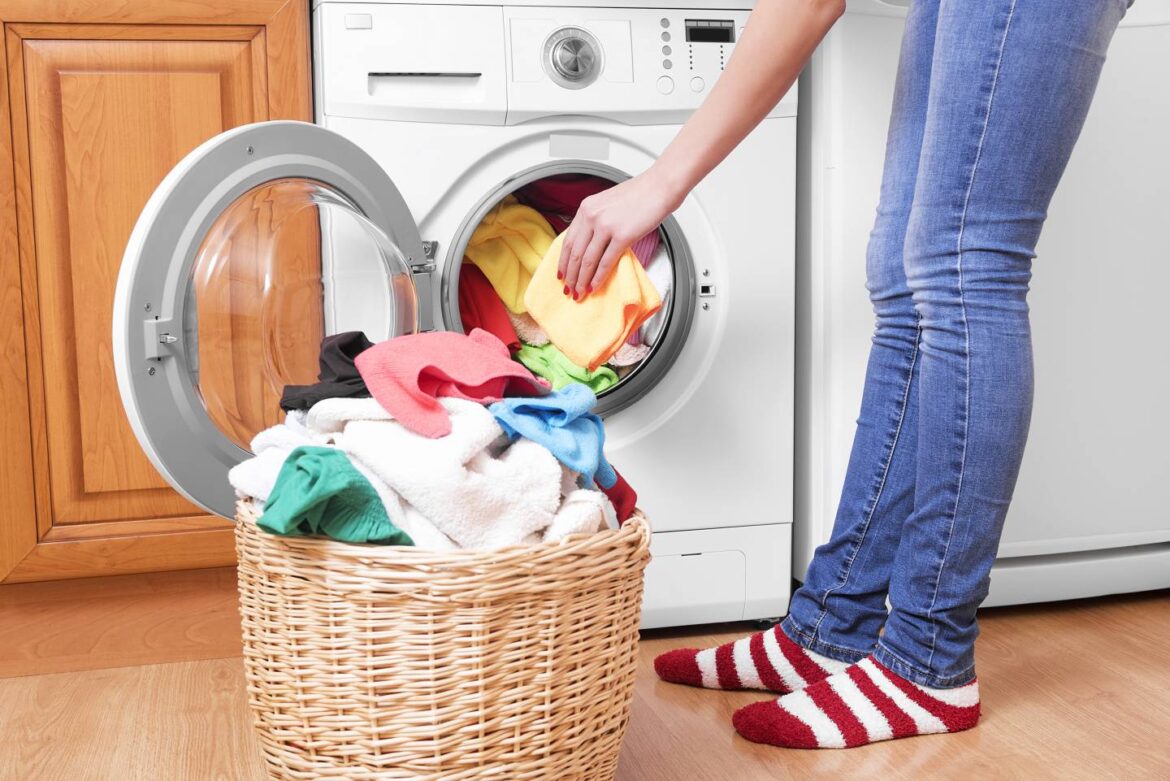Modern heating, ventilation and air conditioning duct systems keep temperatures regulated and air circulating. While most HVAC systems have air filters to trap dust and other relatively large particles, they are not designed to be 100 percent effective against every type of contaminant.
Studies regarding the necessity of having your air ducts regularly cleaned are too new to be conclusive, according to the Environmental Protection Agency. Most dust particles and other contaminants adhere to the surface of the ducts rather than circulating throughout your home. There are, however, several types of contaminants which can have a negative impact both on the energy efficiency of your HVAC system and on the health of your family.
Excessive dust and debris
In certain cases, such as after a fire or flood, during and after remodeling, and when purchasing a neglected home or one which has sat vacant, enough dust and debris may have built up that it is forced out into your living areas when the heat or air conditioning is used. In cases such as this, you can actually see the dust or other particulate matter wafting out of the vents. If cleaning the vents themselves and any filters behind them does not resolve the issue, consider calling in professional HVAC cleaning specialists.
Visible Mold
Most types of household or HVAC mold are unsightly but essentially harmless. However, the Institute of Medicine has reported a link between the presence of mold and a higher incidence of respiratory problems in people already prone to such issues, such as those with asthma. They also reported a link between household molds and increased respiratory difficulties in people who had no history of breathing problems or allergies.
There has been a lot of attention paid in the media to Storyboards chartarum, which is commonly called black mold. Reports of bleeding lungs and infant deaths are highly exaggerated and often used to cause panic by unscrupulous self-proclaimed “mold experts.”
Black mold can only be identified by laboratory tests. These are available to the public and generally cost no more than $50 per test, so contact your local Environmental Protection Agency for advice before paying thousands of dollars to anyone claiming to need expensive testing before they can remove your mold, which can only be done with a thorough, professional air duct cleaning.
If you do have a mold problem it is crucial to discover and eliminate the cause of the mold, usually consistent dampness and correct it to prevent the mold from coming back.
Rodents and vermin
Vermin and their feces can contaminate HVAC systems and contribute to allergies and their related breathing problems. Your first step in this case is to contact a reputable exterminator to control and remove the pests. Once that is done, you must seal off their access point to the HVAC system.
A thorough, professional cleaning need not cost a fortune but the benefits to your family’s health are highly important and something which you cannot put a price on.





